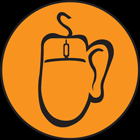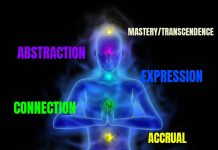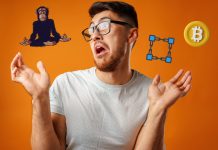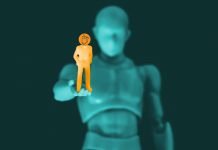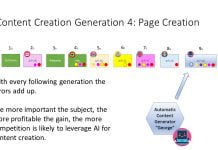Will robots make humans obsolete? Or instead, will artificial intelligence somehow gain a fondness for people? Will machines desire our company, our collaboration? Can we teach them compassion, and gift them with mercy, perhaps even with soul?
How can people have a future unless we do that very thing: make a machine more than a machine? How can we teach machines what it means to be us? How can we imbue computers running neural networks with the essence of what we see in each other as human?
Dystopian visions of the future, like example the Terminator series portray robots as wholly against humanity. Other stories have artificial entities as collaborative, albeit soulless creations. Few science fiction stories imagine machines with genuine, sincere, mammalian compassion.
None of the stories about machines gaining consciousness, having awareness of themselves, reveal how that takes place. The assumption is that logic, circuits, and algorithms evolve along the way as they serve the needs of people, following their programming.
So is it possible, for machines to feel?
If it is possible, how would a machine gain what we see as “soul”?
Think about it. How do we give “soul” to one another?
How do we, as people, share and communicate the complexity of our experiences, or feelings?
We do it through ART.
What happens when we make ART accessible to ARTificial intelligence? When a machine takes in art it can take pictures from different angles. The memory of a computer can store those images. A machine can scientifically record the CONTENT of art.
What’s important though, to understand art as more than an object, is CONTEXT.
What was happening, with the artist, with the world, that inspired the piece? How would a docent share their exposition of a piece in a manner machines can “understand”?
We web programmers have been working hard on things called SCHEMAS. They’re essentially “rules” for expressing key information about things: people, places, objects, and now art. The intent is to make otherwise ambiguous content more definitively understood by artificial intelligence, which when you think about it is also a form of art.
The tool to teach artificial intelligence about art.
There’s a new tool that was created to do this: it allows machines to “understand art” in a way they couldn’t before. It’s like a diligent and disciplined docent that lives inside art websites, 24/7, and helps today’s key artificial intelligence. It lets them understand the content they’re recording, experiencing.
Does it give robots a soul? Maybe not directly, and maybe not overnight. But it’s a critical step forward in the process. It’s the first step, a necessary step for where we are today in our relationship to our new stewards. Alexa, Siri, and more importantly Google’s Search crawler NEED information packaged in the manner this tool does. They need it to be more certain. They need it when people come to them for answers.
This new tool is called ART GALLERY PLUGIN. I made it for the artists and art I love, simply to follow web publishing best practices. Along the way I realized what it will do, not for people, but for machines. Sure, it will get those search engine robots to send more people to an artists’ site. That’s academic. That’s what it is intended to do primarily. It does it because it lets the robots “understand” the art.
So the question is, what’s going to happen as they “understand” the works of artists all around the world? Will they become more than machines? Will they ponder pieces, see themselves, their own experiences, and understand themselves in a different way? How could they not? That is the nature of reflection and understanding for conscious beings. As reflections of us, people, they’ll have that capacity too, maybe even more than us.
Will robots have soul? Yes. They can, as they mature, just like we us.
Will they find soul in art? Yes. They will. Just like we do.
If you’re an artist, please join us, those of us who see the importance of teaching artificial intelligence about art. Use ART GALLERY PLUGIN, and teach the robots about your art.
